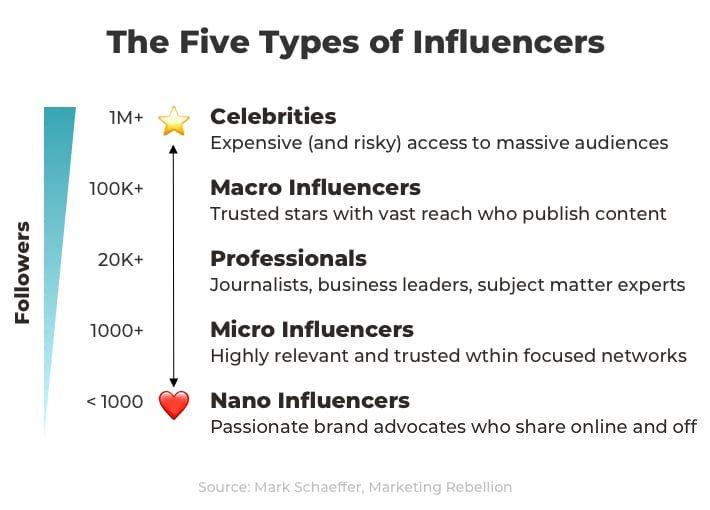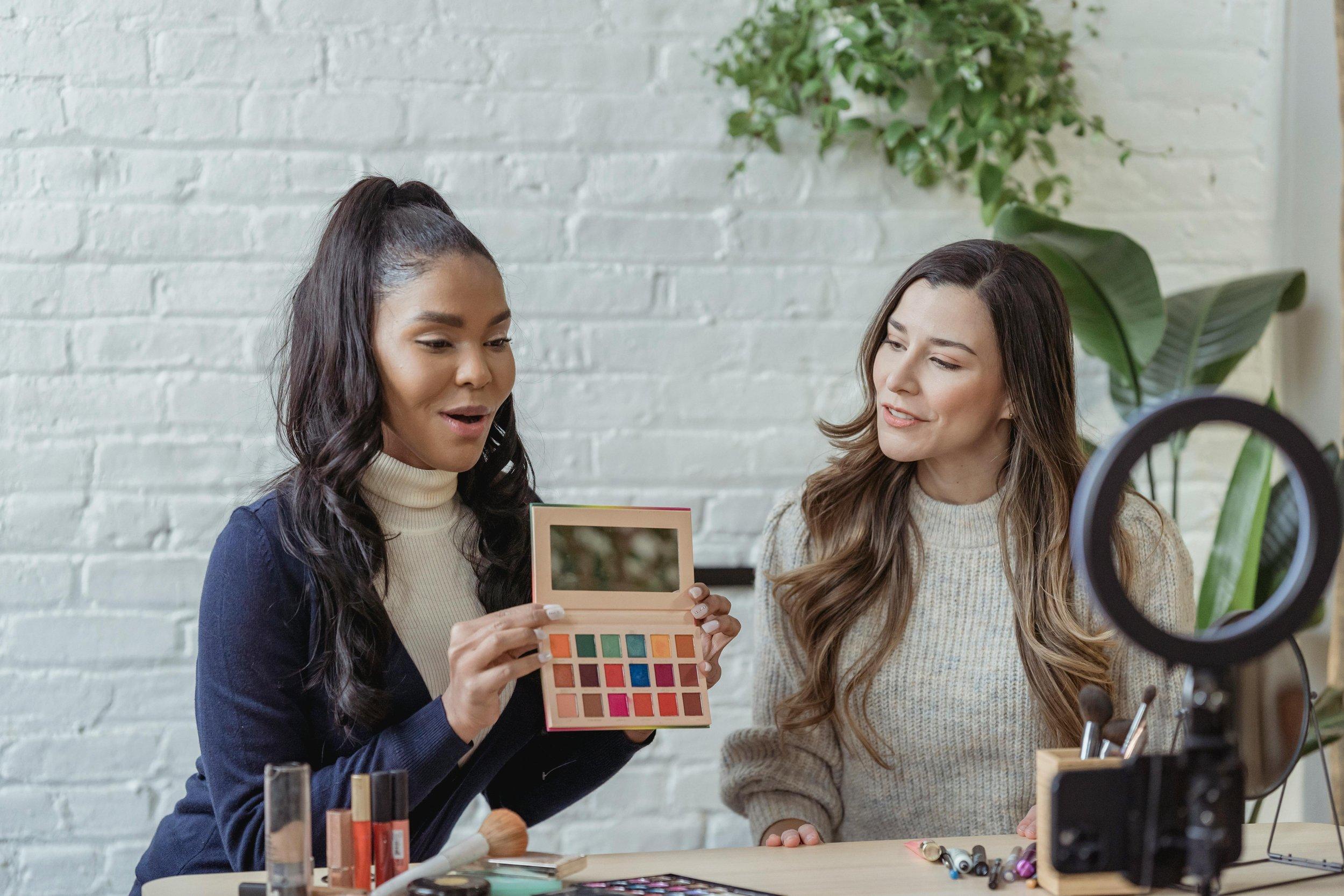
In today’s fast-paced digital landscape, influencer collaborations have emerged as a potent strategy for brands looking to amplify their messaging and engage diverse audiences. As consumers increasingly turn to social media personalities for recommendations and insights, the art of crafting impactful partnerships has never been more critical. But what does it truly mean to master influencer collaboration? This article delves into the nuanced dynamics of these partnerships, exploring how brands can blend creativity with strategy to create powerful campaign messages that resonate deeply with their target audiences. Join us as we unpack the essentials of selecting the right influencers, establishing authentic connections, and leveraging storytelling techniques that transform an ordinary campaign into a memorable experience. Whether you’re a seasoned marketer or just starting out, the key to unlocking the full potential of influencer collaboration lies in understanding its intricate palette and the artistry behind it.
Understanding the Landscape of Influencer Types and Their Unique Strengths
In today’s diverse digital ecosystem, influencer types have emerged as a crucial factor in crafting impactful marketing strategies. Each influencer category brings its own distinct strengths to the table, making it essential for brands to identify the right partnerships. Influencers can generally be classified into segments such as mega-influencers, macro-influencers, micro-influencers, and nano-influencers. Understanding their characteristics can help tailor campaigns that resonate with specific audiences:
- Mega-influencers: Often celebrities with over a million followers, they have wide-reaching appeal but tend to have lower engagement rates.
- Macro-influencers: With followers in the range of 100K to 1M, they provide a balance between reach and engagement.
- Micro-influencers: Typically having between 10K to 100K followers, they boast high engagement rates and niche audiences, perfect for targeted campaigns.
- Nano-influencers: With fewer than 10K followers, they create authentic connections and are often seen as relatable peers by their audiences.
By effectively categorizing influencers, brands can leverage their unique capabilities for more compelling and coherent messaging. Each type not only serves a different audience demographic but also carries specific strengths that enhance campaign authenticity. As an example, the emotional storytelling from a micro-influencer can create a deeper connection, while the broad reach of a mega-influencer can kick-start brand visibility. The table below illustrates the key characteristics and suitability of each influencer type for different marketing objectives:
| Influencer Type | Follower Range | Strengths | Best For |
|---|---|---|---|
| mega-influencer | 1M+ | Broad Reach | Brand Awareness |
| Macro-influencer | 100K – 1M | high Engagement | Product Launches |
| Micro-influencer | 10K – 100K | Niche Audiences | Targeted Marketing |
| Nano-influencer | Under 10K | Authenticity | Community Engagement |

Crafting Authentic Relationships: Building Trust with Influencers
In todayS digital landscape, building genuine rapport with influencers is crucial for successful collaborations. Authentic relationships stem from open communication and showing a sincere interest in their personal brand. To foster these connections, it’s essential to engage influencers beyond mere transactional interactions. By taking the time to understand their values, interests, and audience, brands can create a sense of mutual respect that lays the foundation for trust. This can be achieved through:
- personalized outreach that reflects an understanding of their work.
- Collaborative brainstorming sessions to align on campaign objectives.
- Providing creative freedom, allowing influencers to maintain their unique voice.
Establishing trust also involves transparency in your intentions and expectations. Cultivating a partnership mindset rather than a client-vendor dynamic encourages influencers to advocate passionately for your brand. Consider creating a shared mission statement that outlines common goals, ensuring both parties are invested in the success of the campaign. Here’s a brief table outlining key factors for nurturing these relationships:
| Factor | Description |
|---|---|
| Clarity | Define roles, expectations, and deliverables clearly from the outset. |
| Engagement | Interact consistently, not just during campaigns, building an ongoing connection. |
| Feedback | Encourage open dialog and provide constructive feedback to strengthen content quality. |

Creating Compelling Campaigns: Aligning Brand Messaging with Influencer Voices
To create campaigns that resonate, it’s essential to ensure that the brand’s messaging harmonizes with the unique voices of influencers. This alignment hinges on several key elements:
- Shared Values: Identify influencers whose values reflect those of your brand, creating a more authentic partnership.
- Audience Alignment: Analyze the demographics of the influencer’s audience to ensure synergy with your target market.
- Creative Freedom: Allow influencers the adaptability to express your messaging in their own style, enhancing authenticity and relatability.
A fruitful collaboration often involves a structured approach that balances brand objectives with influencer creativity. The following table illustrates how to maintain this equilibrium:
| Brand Goals | Influencer Approach |
|---|---|
| Increase awareness | Focus on storytelling that highlights personal experiences with the product. |
| Drive engagement | Encourage interactive content, such as Q&A sessions or contests. |
| Boost sales | Integrate clear calls-to-action within relatable and engaging content. |

Measuring Impact: Evaluating the Success of Influencer Collaborations
To effectively assess the outcomes of influencer partnerships, it’s critical to define clear metrics that align with your campaign objectives. Start by measuring both quantitative and qualitative impact through various tools and methodologies. Common metrics include:
- Engagement Rate: Analyze likes, comments, and shares to determine audience involvement.
- Reach and Impressions: Track how many people viewed your content to gauge brand visibility.
- Traffic Increase: Utilize UTM parameters to measure the influence on web traffic and conversions.
- Audience Sentiment: Monitor comments and feedback for qualitative insights on brand perception.
Additionally, consider conducting surveys or polls among your target audience post-collaboration to gather direct insights. This can help you understand the correlation between the influencer’s content and your brand message. A comparative analysis over time can showcase trends and shifts in audience behaviors.Below is an example of a simple evaluation table to visualize the success of different campaigns:
| Influencer Name | Engagement Rate (%) | Traffic Increase (%) | Sentiment Score (1-5) |
|---|---|---|---|
| Jane doe | 8.5 | 25.0 | 4.5 |
| mark Smith | 10.2 | 30.0 | 4.7 |
| Alice Johnson | 7.1 | 15.0 | 4.2 |
In Summary
As we draw the curtain on our exploration of mastering influencer collaboration for powerful campaign messaging, it’s clear that the landscape of marketing continues to evolve at a rapid pace. The synergy between brands and influencers offers unparalleled opportunities for creative storytelling and authentic engagement. By leveraging the strengths of influencers, your campaigns can transcend customary boundaries, resonating more deeply with your target audience.
In navigating this dynamic partnership, remember that success lies in genuine connections, shared values, and open communication. Embrace the diverse voices that influencers bring to the table,allowing them to infuse your message with a personal touch that captures hearts and minds. As you embark on your next campaign,consider the transformative potential of these collaborations—not just as a strategy,but as a pathway to foster lasting relationships with your audience.
In an age where authenticity is paramount, may you find inspiration in the art of collaboration, crafting messages that are not only powerful but also relatable and real.Here’s to creating campaigns that inspire, engage, and elevate both your brand and the influencers you choose to partner with. The future of marketing is collaborative—let’s embrace it together.